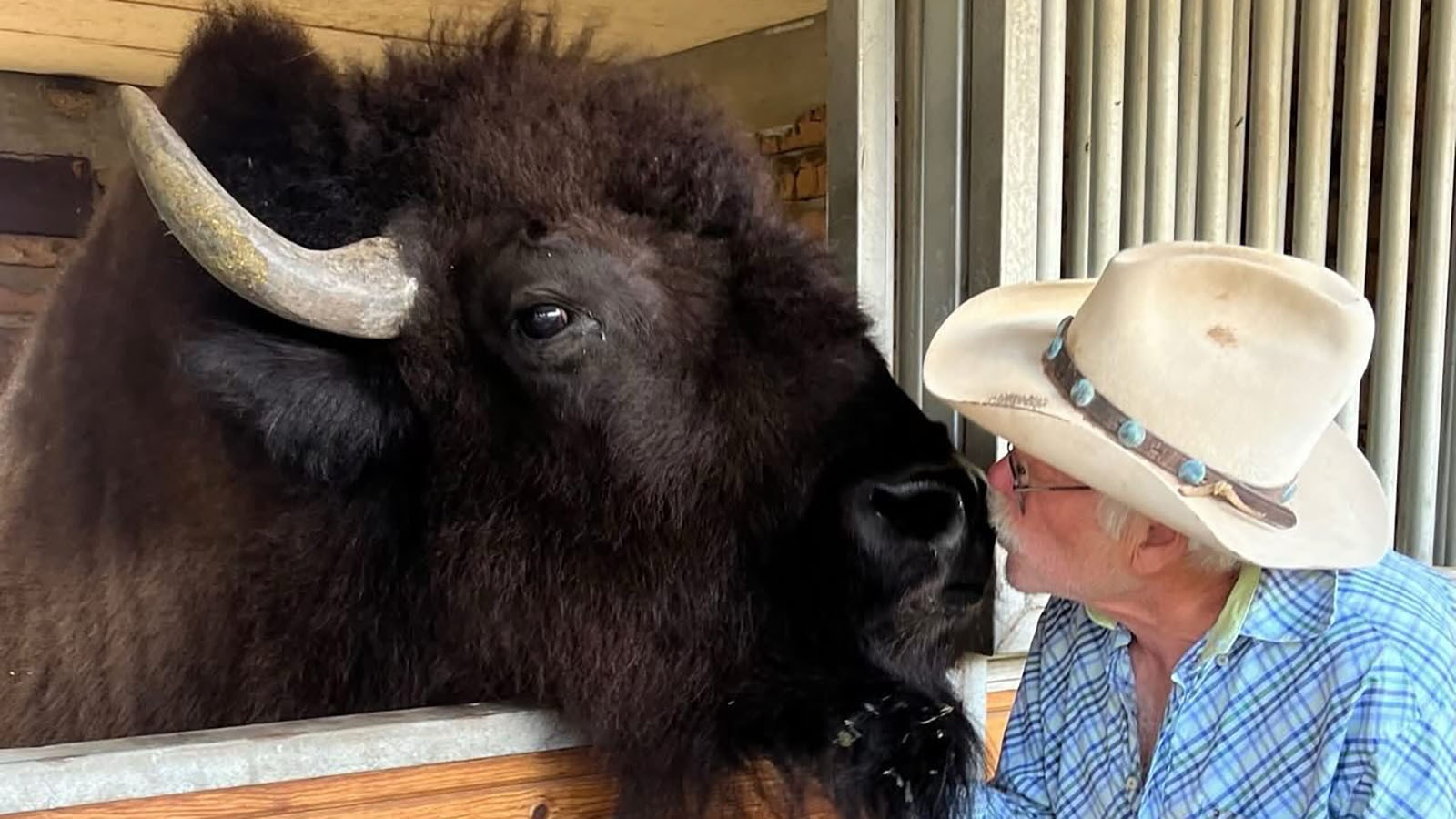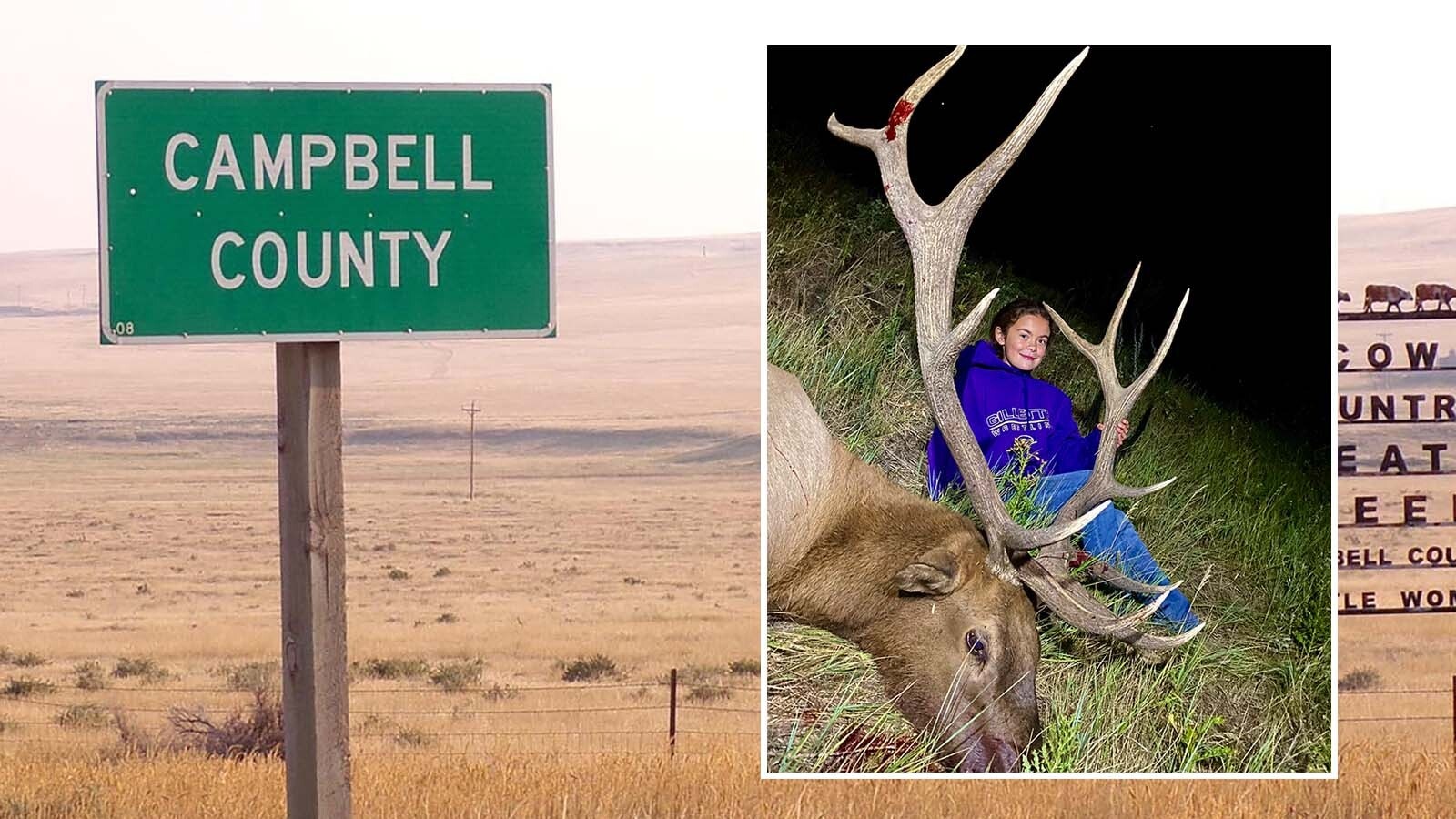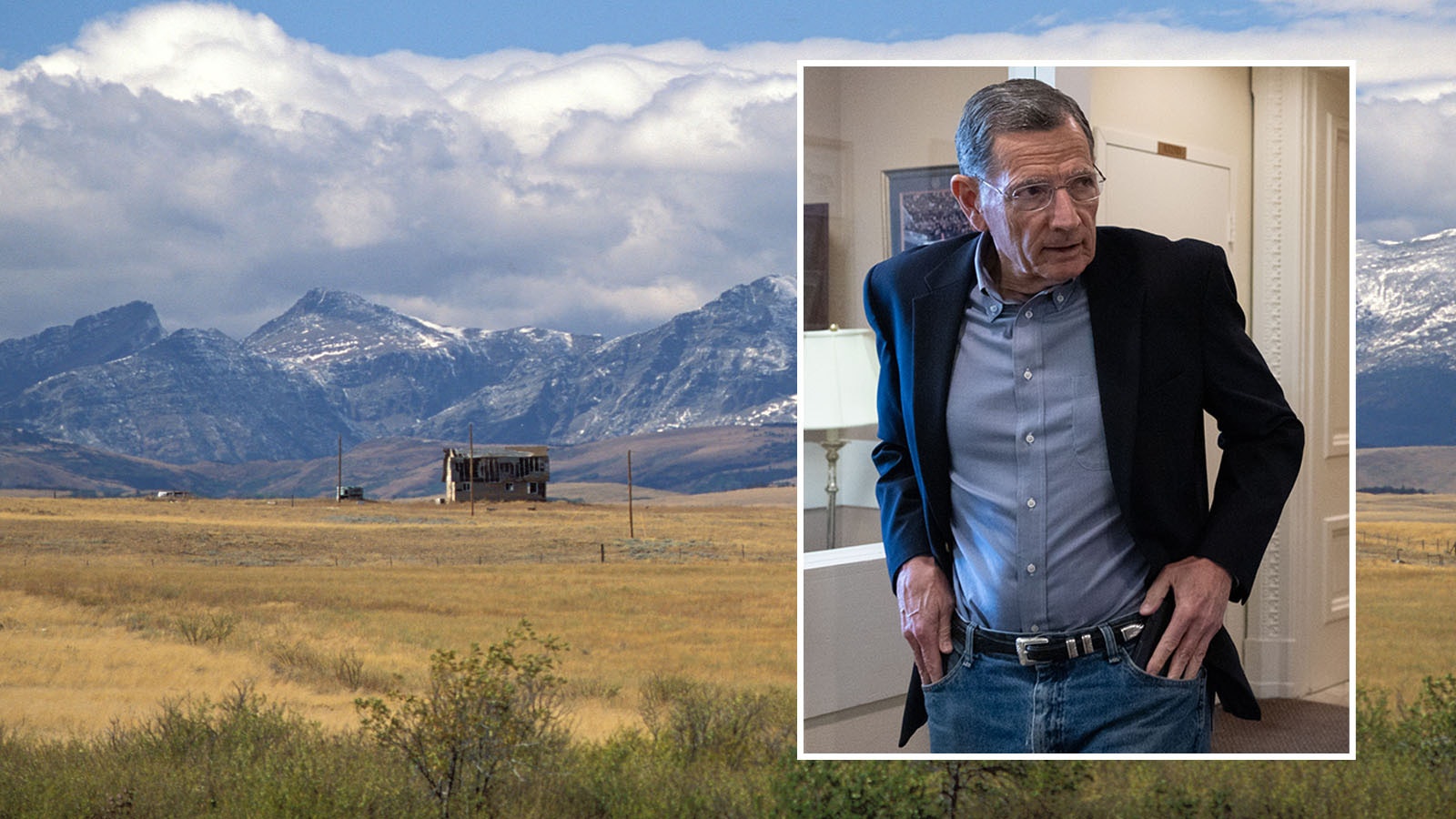In the early 1970s, the raptors that many nations — including the United States — consider symbols of power and pride were in the eyes of some prominent Wyoming ranchers just predators at the top of a food chain that needed to be removed.
Poison, along with helicopter flights carrying “gunners” with 12-gauge shotguns, was the preferred method to deal with the federally protected bald and golden eagles that the ranchers viewed as threats.
But when two high school boys found the carcasses of a number of bald and golden eagles in a canyon southwest of Casper in May 1971, the days of good-old-boy solutions that defied the law clashed with a growing national focus on protecting eagles.
It wasn’t long afterward that more than a dozen additional eagles were found in the area, and 25 eagles that had been shot were discovered dumped near Rawlins.
Bruce Wampler, who now lives in Glenwood Springs, Colorado, said he still remembers the day he and a friend, Gordon Krause, hiked into Jackson Canyon southwest of Casper on a May day in 1971. They were about to graduate from Kelly Walsh High School, and had permission to hike on private property.
“We were hiking up Jackson Canyon and were getting up to the ridge at the end of it and started spotting dead eagles all over the place, some golden, some bald eagles,” he said. “So, we went back into Casper after that and didn’t want to let it go at that. I had friends who were members of the Audubon Society.”
They contacted the property owner, a physician and noted ornithologist, as well as the local Murie Audubon Society and led them to the site the next day. A Casper Star-Tribune story from the time listed 11 bald eagles and four golden eagle carcasses as being brought out by the search party.
Wampler said Jackson Canyon was a known roosting spot for the birds.
“That’s the end of my whole participation in that, but it sure started a whole lot of fallout,” Wampler said. “It was sort of a little rock starting at the top of a hill, but it was like an avalanche at the end in what it did in Wyoming to protect eagles.”
The two seniors’ discoveries led to an outcry that went all the way to Congress, a U.S. Senate investigation and criminal charges against ranchers Van Irvine, his son Lee Irvine, and two others.
Investigations would also target Irvine’s father-in-law Herman Werner, a prominent rancher in the state at the time, a longtime bank director and trustee of the Cowboy Hall of Fame.

Thallium Sulfate
A New York Times story from July 4, 1971, states that federal investigators from the U.S. Bureau of Sport Fisheries and Wildlife found that the eagles discovered in Casper had large levels of thallium sulfate, a poison used in predator control. Shipments of the poison had been traced to four ranches in Wyoming.
An aerial search discovered antelope carcasses in the area of the eagle deaths containing “enough poison to kill all of the wildlife in Wyoming.”
A front-page story in the Casper Star-Tribune on June 19, 1971, outlined the more than 20 misdemeanor charges against Van Irvine for the seven dead antelope on his Diamond King Ranch that were filled with thallium sulfate. Charges included killing an antelope without a license, hunting out of season, abandoning a game animal, and using a game animal as bait.
Federal charges were not filed because “the investigation was unable to prove willful intent to kill the eagles,” the newspaper reported.
A Texas sheepman who defended the ranchers in the weekly National Observer newspaper was quoted in the Casper Star-Tribune, saying golden eagles during lambing season would take two lambs a day.
In the end, the Casper prosecutor allowed Van Irvine to plead no contest to 29 counts of game law violations against him, and in a plea deal dropped all charges against the other men in the case. Van Irvine was fined a total of $629.
A Jackson, Wyoming, eagle expert and State Rep. John Turner criticized the deal as “token justice.” Others joined the criticism as well.
Meanwhile, the federal investigation and actions by Wyoming U.S. Sen. Gale McGee led to a helicopter pilot coming forward and alleging that a flying service he worked for, Buffalo Flying Service, was paid to fly over Werner’s rangeland and shoot eagles and other predators from the air.
Pilot Testifies
James Vogan, 48, said he came forward to testify before McGee’s subcommittee to keep from being prosecuted. The Star-Tribune reported Aug. 4, 1971, from Washington that Vogan testified nearly 800 golden eagles were shot from the air in Wyoming and Colorado since September 1970.
Vogan testified Werner had paid $15,000 to Buffalo Flying Service to protect his livestock from predators via the air. Eagles were worth $25, coyotes worth $50, and he said his log of predator kills showed 337 eagles killed on Werner’s Bolton Ranch near Rawlins.
The pilot testified that Werner was aware of the eagle killings and had been present “several times when we were bringing the eagles in,” the newspaper reported. He also testified that at one point that Werner told him to stop shooting the eagles.
Meanwhile, on the same front page another story detailed a U.S. Bureau of Sport Fisheries and Wildlife search at Werner’s ranch west of Saratoga and finding eagles underneath other dead animals in a 6-foot-deep ditch.
“Agents salvaged as evidence claws, skulls and feathers, which could be identified as eagles,” the newspaper reported.
Werner defended himself against the senator and the helicopter pilot and denied hiring anyone to kill eagles.
“Sen. McGee should have been shocked by the sworn testimony of Vogan that he continued to shoot eagles after Herman Werner told him not to do it and justified his personal killing of eagles on the ground that in his ‘own mind …. they were a predator,’” Werner was quoted in the Casper Star-Tribune on Sept. 2, 1971.
Vogan countered that Werner paid for the eagles that he brought to him on the ranch.
Federal Charges
In the end, Werner was indicted on federal charges, as were the owner of the flying service and some of the gunners who shot the eagles down from the air.
The owner of the flying service, Doyle Vaughn, got six months of supervised probation and a $500 fine after pleading guilty to killing 75 birds. The maximum penalty possible was 37 years in prison and a $37,500 fine, the Casper Star-Tribune reported on Oct. 28, 1972.
One of the gunners, a deputy sheriff from Carbon County, pleareceived six months of probation and a $500 fine.
Werner was charged with killing 363 golden eagles, seven Canada geese and three bald eagles between November 1970 and November 1971, and conspiracy with the flying service to kill eagles. But before his scheduled trial on Oct. 29, 1973, he was involved in a car crash on Aug. 2 and died Aug. 6 in a Rawlins hospital.
Werner was eulogized for his pioneer role in the state, contributions to ranching and generosity to Casper College, which included the Werner Wildlife Museum.
“In the end, Mr. Werner was embroiled by much controversy over sheep tight fencing of the range, poisoning of coyotes and predators, and the slaughter of bald and golden eagles,” The Casper Star-Tribune editorialized on Aug. 7, 1973. “The era of the big rancher operating his own domain had been eroded by the ecology-conscious decade of the 1970s. But he was never bitter.”
‘Human Persecution’ Continues
Now at the Wyoming Raptor Center in Jackson, Conservation Director Bryan Bedrosian, an expert on golden eagles, said recent research continues to show “human persecution and shooting” remain the leading causes of adult golden eagle deaths.
Bedrosian said sheep and lambs are not a primary food source for the predators.
“They certainly will take some lambs on occasion, but I would not say that it is a big source of food for them,” he said. “Their primary prey is cottontails, jackrabbits and prairie dogs. But they are opportunistic and will take other prey like sheep and antelope, and birds as well.”
Bedrosian characterizes the state’s bald eagle population as doing “extremely well,” and said those birds target fish as a primary food source, while golden eagles are showing a 28% decline in the past 20 years in Wyoming.
He said in addition to dying from shooting and poisoning, golden eagles die from lead poisoning by feeding on gut piles of hunter kills. They also die while feeding on roadkill and getting hit by vehicles. Wind turbines are another threat to the birds.
Bedrosian said he can’t discount the challenges some ranchers may have had with golden eagles in certain locations in the state in past years when the rabbit population was down or other food sources for the birds were challenging.
“That can cause some animosity toward the birds, I can understand that,” he said. “Hopefully, that is lessening with time. They do provide a valuable service to us in the state by keeping prairie dog numbers low and picking off jackrabbits and that kind of thing.”
As for Wampler, the high school senior who uncovered the eagle killings on a hike, went on to the University of Michigan to become a computer scientist and develop the first spell check for personal computers and later a grammar program. He sold his successful company to WordPerfect.
But the day he and his buddy found the eagles in the Casper canyon has always been a close memory.
“I remain really proud of the fact that because we took action in contacting the right people it led to the discovery that there was industry of people flying around in helicopters and going out and shooting down eagles as a sport,” he said.

Dale Killingbeck can be reached at dale@cowboystatedaily.com.












